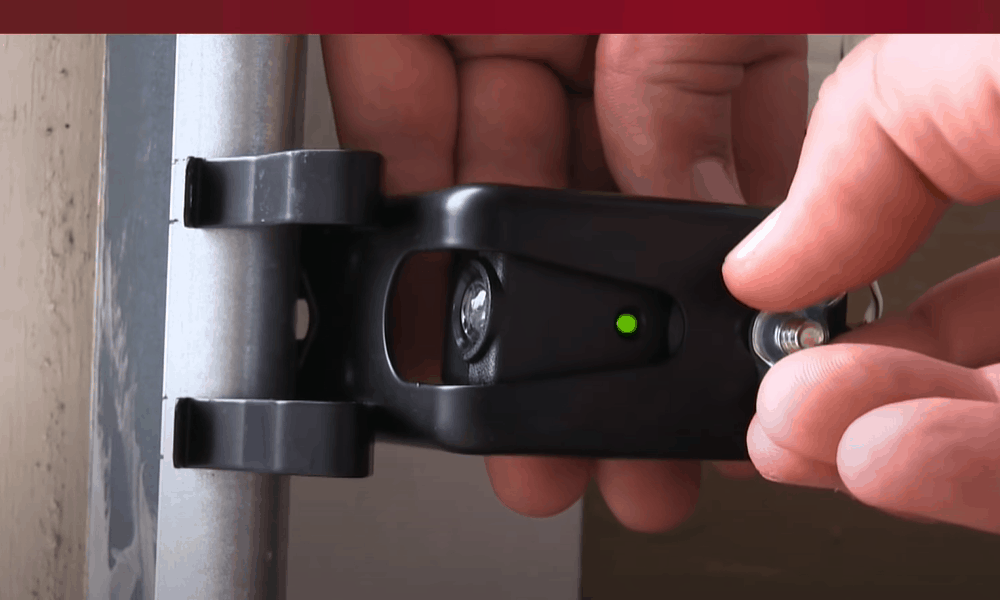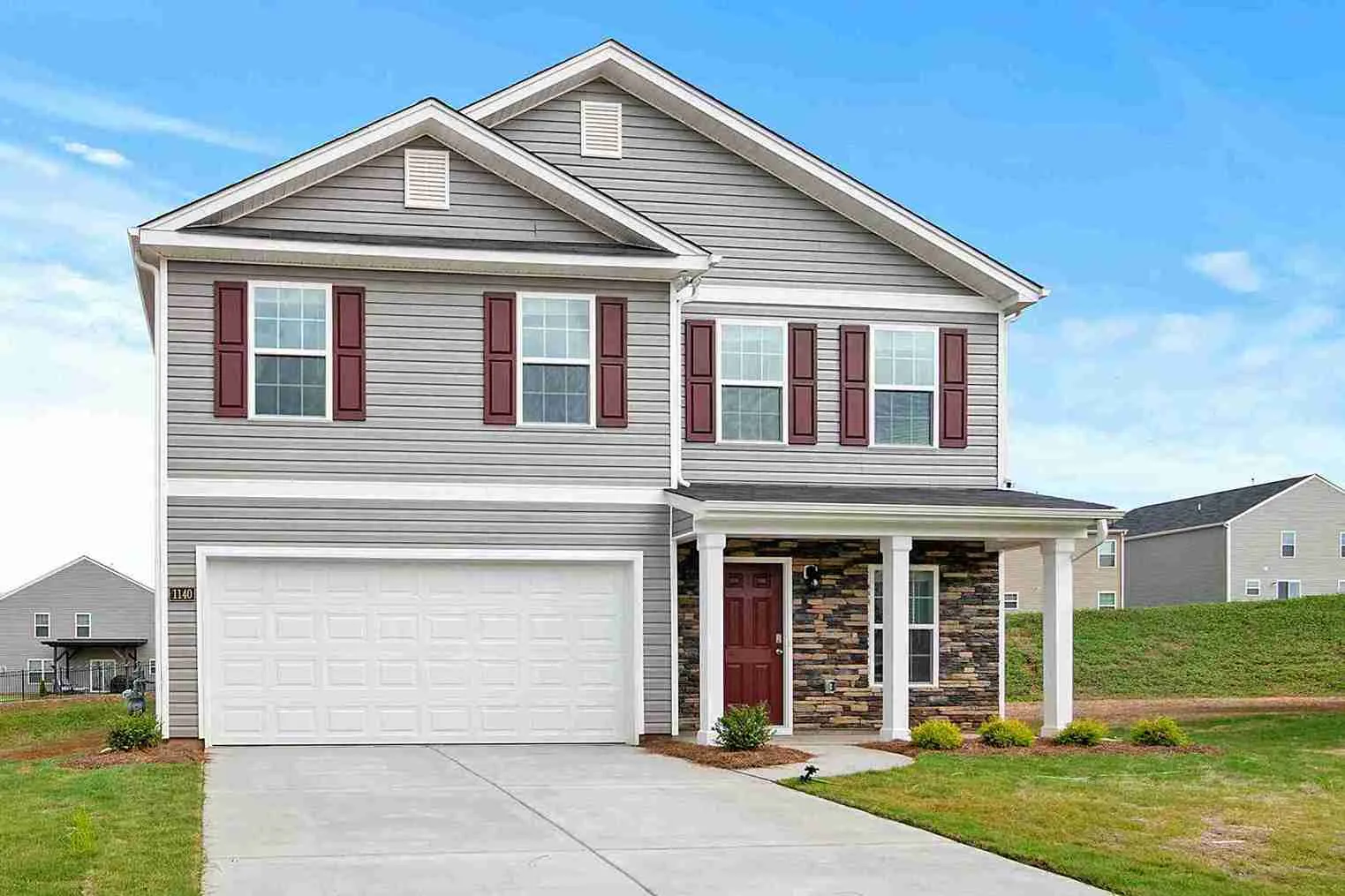
Table of Contents
The Humble Beginnings
Introduction of Mechanization
The Electronic Revolution
Advancements in Safety Features
Boost your Enterprise to the next level with AI-Based Integration
The Era of Smart Technology
Moreover, contemporary garage door systems incorporate enhanced security features. Rolling code technology, for instance, ensures that the door opener’s remote transmits a new code each time it is used, thereby thwarting potential hackers. Additionally, these smart systems can send alerts to homeowners in case of any unauthorized access attempts, adding an extra layer of security.
Design Meets Functionality
Environmental Considerations
The Future of Garage Doors
Boost your Enterprise to the next level with AI-Based Integration
Conclusion
Frequently Asked Questions (FAQs)
Garage door repair companies typically offer a range of services including repair of broken springs, cables, rollers, and panels, as well as door opener repairs and adjustments. They may also provide installation services for new garage doors and openers.
Signs your garage door needs repair include unusual noises, difficulty opening or closing, the door coming off its tracks, or visible wear and tear on cables, springs, or rollers. If your door is not functioning smoothly or looks uneven, it’s likely time for a repair.
While some minor issues can be addressed by homeowners, such as lubricating moving parts or tightening loose hardware, major repairs, especially those involving springs and cables, should be left to professionals due to the high risk of injury.
Costs vary depending on the type of repair needed. Minor repairs might cost a few hundred dollars, while more extensive repairs or replacement of major components like springs or the door opener can be more expensive. It’s best to get a detailed quote from a repair service.
The time required for a repair can vary from a few hours to a full day, depending on the complexity of the issue. Simple repairs can often be completed quickly, while more involved repairs may take longer.



